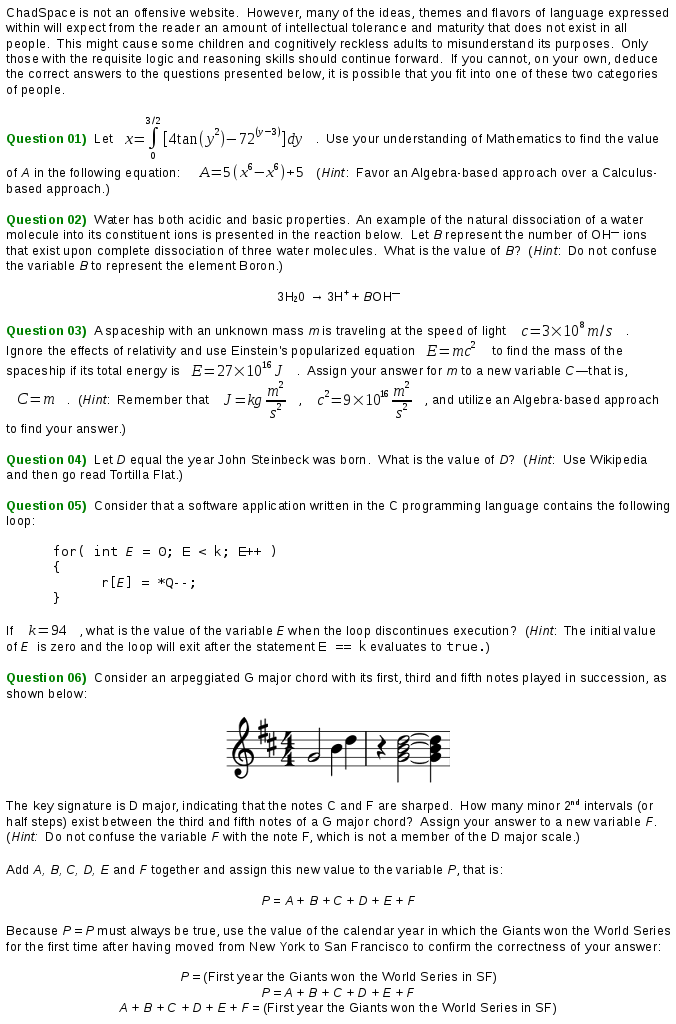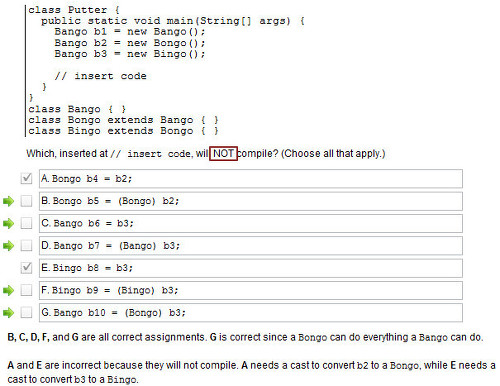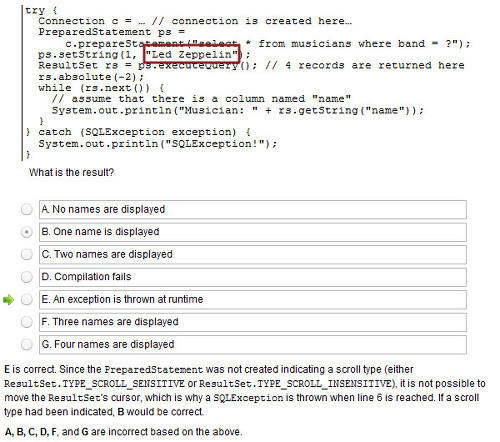After spending the weekend poring over programming texts and technical articles, I brought up a dictionary website to quickly investigate the subtle but very important difference in meaning between the words superfluous  and extraneous
and extraneous  . I take notes when I am studying and regard each unfilled Post-it as an opportunity to better articulate whatever idea is being presented to me by an author. Aside from being an effective learning device that also enhances a book’s usefulness as a reference, this approach makes it possible to gauge the overall quality of the source material. In general, extra work done on my part to complete a lesson exposes a book’s incompleteness. In this particular case, I was not correcting the author or expounding an idea but simply augmenting the original statement, which went something like this: in a Java program, writing a subclass can be superfluous—and not extraneous—when an anonymous class can be used instead. Here is the code-representation of a pen, the well known and commonplace writing utensil, and how it’s behavior can be changed in a computer program using an anonymous class:
. I take notes when I am studying and regard each unfilled Post-it as an opportunity to better articulate whatever idea is being presented to me by an author. Aside from being an effective learning device that also enhances a book’s usefulness as a reference, this approach makes it possible to gauge the overall quality of the source material. In general, extra work done on my part to complete a lesson exposes a book’s incompleteness. In this particular case, I was not correcting the author or expounding an idea but simply augmenting the original statement, which went something like this: in a Java program, writing a subclass can be superfluous—and not extraneous—when an anonymous class can be used instead. Here is the code-representation of a pen, the well known and commonplace writing utensil, and how it’s behavior can be changed in a computer program using an anonymous class:
class Pen {
public void write() {
System.out.println( "Writing with a pen!" );
}
}
class Lecture {
// COMMENT: This anonymous class produces cleaner code by
// extending the Pen class and overriding its procedure
// write(), giving it new behavior.
Pen pen = new Pen () {
public void write() {
System.out.println( "Writing with a pen in a lecture!" );
}
};
}
Like any popular dictionary website, the one I frequent provides a Word of the Day on the front page. The appeal of a Word of the Day showcase is that people find it entertaining to discover words that they have never or rarely seen or heard before. Normally this is just for entertainment, but some people take it too far and memorize these words so that they can inject them into conversations with their peers. The goal, of course, is to fool others into thinking that Mr. Word of the Day is more intelligent or better educated than everyone else. However, it doesn’t always pan out, as shown in this made up but entirely plausible example:
Mr. Jefferson: “So John, anything interesting happen lately?”
Mr. McStevens: “Well Earl, I spent yesterday at work, went to the gym to play some racquetball afterwards and somehow discombobulated my shoulder.”
Mr. Jefferson: “Sorry to hear that John. It sounds… painful. I hope you get that worked out.”
It is usually necessary to make sacrifices in an uncommon word’s dictionary meaning in order to wedge it into common, everyday dialogue. I’m always reminded of the movie Mary Poppins when this happens: for some reason, saying supercalifragilisticexpialidocious makes children feel more intelligent. In the same way, forcing big words into a trivial conversation makes small-minded adults feel like they are somehow superior to others.
Needless to say, I find the whole Word of the Day silliness to be most irritating, especially when something like this happens:

Reading this after many consecutive hours of processing literal meanings from dense technical material in front of a computer screen really does something strange to a person’s brain, such as imagining sheep writing poetry in a field on a sunny day.

Here is a summary of my drawn-out thought process after reading this not-so-carefully-composed Word of the Day definition:
A pen for sheep? That doesn’t sound right, but there it is. Maybe it’s possible. After all, the world is a really big place and has all kinds of interesting critters in it. Maybe they have intelligent sheep in the more remote areas of Europe..? But sheep that can write? No… that can’t possibly be correct. If sheep can write then certainly dogs can write, but I have never met a dog that can write. Wait a second… maybe the pen is a special name for a farm tool that maintains a sheep’s hooves? Okay, that might work. Do they ride sheep in Europe? Etc. Etc.
It took nearly five minutes for my brain to paint a mental image that was different than the illustration above, or one of an Icelander riding a saddled sheep into town for road supplies. Another 30 minutes passed before I remembered why I went to that damned dictionary website in the first place. When everything was said and done, I burned through almost 45 minutes of my day confirming to myself that sheep can’t write and trying to remember what the hell I was originally doing.
Like this:
Like Loading...
![]()
![]() , the Java Virtual Machine—which is that incredibly nifty piece of software that allows applications written in the Java programming language and others
, the Java Virtual Machine—which is that incredibly nifty piece of software that allows applications written in the Java programming language and others ![]() to run on many different types of operating systems, such as Windows, Mac OSX, Linux, etc.—represents approximately “1,000 person-years of effort”. The book was published in mid-2012, which was more than three years ago now, so that number would already be significantly higher.
to run on many different types of operating systems, such as Windows, Mac OSX, Linux, etc.—represents approximately “1,000 person-years of effort”. The book was published in mid-2012, which was more than three years ago now, so that number would already be significantly higher.





